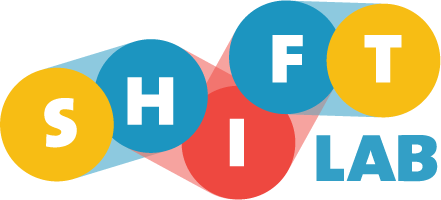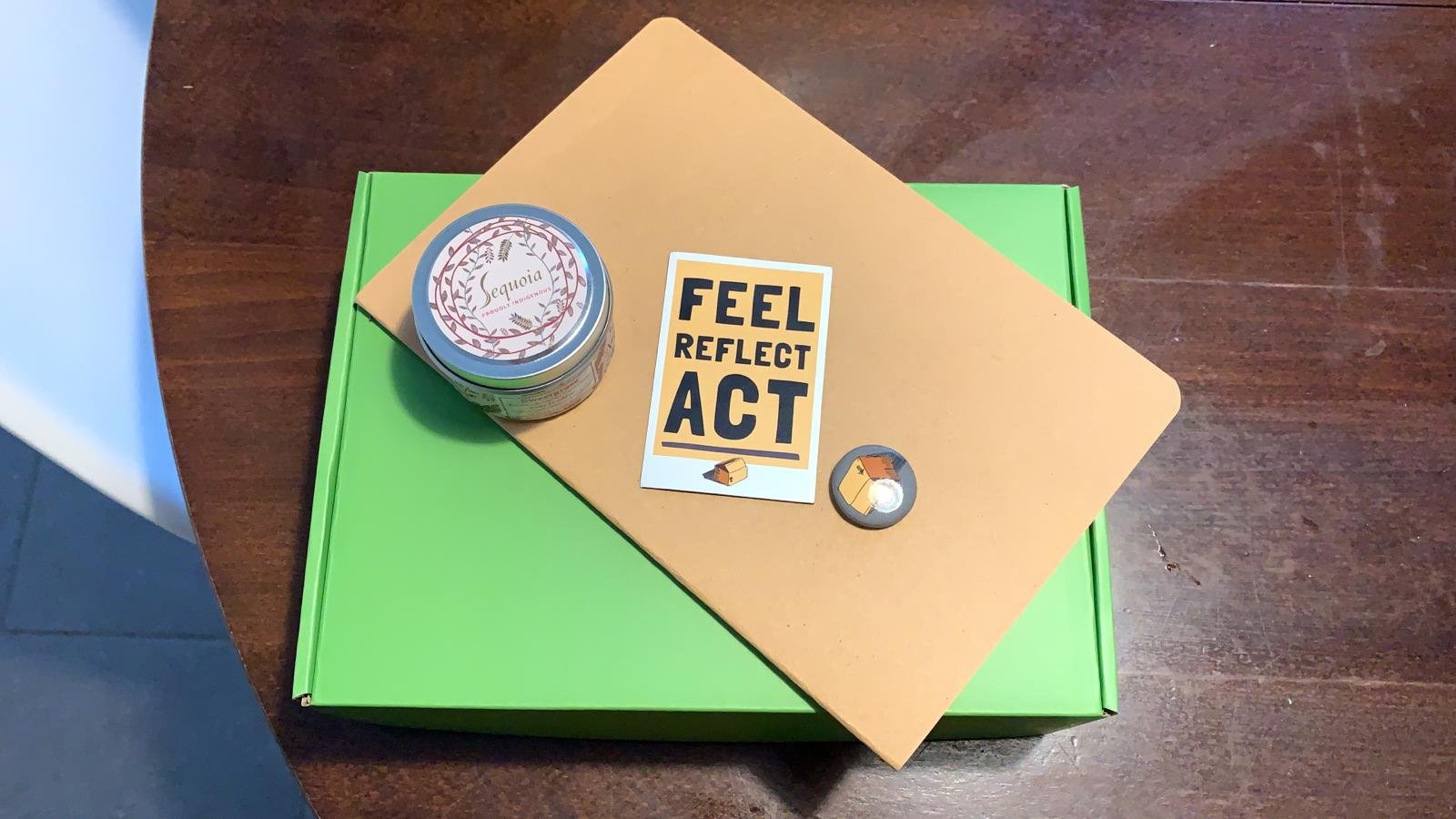Shift Lab 2.0 Prototype: The White Fragility Subscription Box
“I’m not a racist-I’m a good person!”
“I was taught to respect everyone, regardless of skin colour: white, black, brown, or polka-dotted!”
“I went to a multicultural school; lots of my friends are people of colour.”
More likely than not, you have heard someone express sentiments similar to these; perhaps you have even said them yourself. These expressions invariably reflect the perspective of a well-meaning white person, folks that we sometimes refer to as "The Sleepy Middle."
These sentiments are the products of what sociologist Robin DiAngelo calls “white fragility:” the defensiveness that “good” white folks display when their ideas about race and racism are challenged and, more importantly, when they feel they are being implicated in white supremacy. DiAngelo, a white woman herself, notes that these reactions -- which can manifest as anger, tears, or dismissal -- are what makes it so hard for white people to have difficult conversations about race and ultimately serve to reinforce racism.
Finding a way to move past white fragility is an important step in the efforts to reduce racism. But even mentioning the term “white fragility” can activate defensiveness and dismissiveness, which means talking about the issue requires tact and patience. Shelly Tochluk uses a metaphor of different lanes on the “racial justice freeway” to describe this work and refers to needing many “on-ramps to racial justice” for white folks. There are fast lanes, slow lanes, and merging lanes: all have value and are important in the path towards racial justice. However, getting on the freeway first requires understanding and confronting white fragility.
So how might we create pathways for potential white allies to overcome white fragility? Enter the “white fragility subscription box” (name still in progress!)
What is it?
The prototype is a subscription service to a boxed experience designed to unravel one’s white fragility through a process of exploration, self-reflection, and dialogue. It is designed to meet the user where they are at in the journey to becoming a better ally, and has as its aim to elicit thought (the head), empathy (the heart), and action (the feet). Here’s how it works:
SOMETHING HAPPENS
The subscription box’ is an experience that one subscribes to. Hence, the implication (or the prerequisite) is that the potential subscriber already feels a desire to explore this topic. Maybe someone said something to them that made them question their role in structural racism, or even just made them think about it for the first time. Maybe they have a sense that this would be beneficial to their work as a teacher, social worker, public servant, health professional, etc.
LEARNING ABOUT THE BOX
The potential subscriber may be introduced to it through a targeted Instagram ad, suggested it by a friend/coworker/supervisor/ mentor, or asked to take part in it as professional development.
SIGNING UP ON THE WEBSITE
The user signs up on-line by going to the website. They take a short quiz that allows us to get acquainted with their needs and where they are in the journey. The website is the hub of the service - it is where they can go to access resources, join a chat room, customize their box, change preferences, check their account and billing, etc. T
HE BOX AND ITS CONTENTS
The service begins with a welcome box that gets the subscriber warmed up, comfortable, and ready to begin the hard work that is exploring one’s relationship to race and racism. Box items may include: a journal in which to write private thoughts and feelings, an activity, a racialized snack, a sweetgrass candle, a word of the day, etc. Consequent boxes are customized by the subscriber according to their needs.
What’s next?
We are entering a second round of testing with a larger group of people. Interested in learning more? Reach out: youneedthisbox@gmail.comMany thanks to Team 3: Tamreen Arif, Kevin Drinkwater, Toni Letendre, Annand Ollivierre, Pachy Orellana-Fitzgerald, and Ashley Dryburgh.

